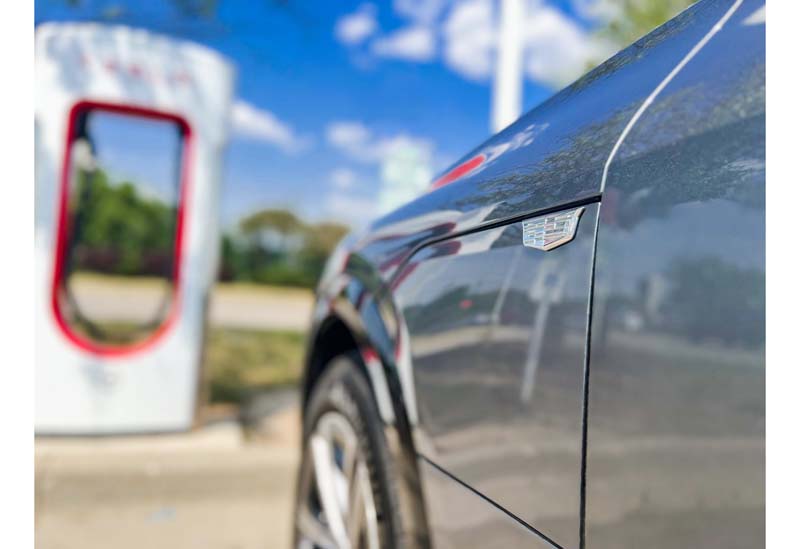The electric vehicle industry is evolving rapidly, and with it comes the need for a well-established charging infrastructure. Tesla has been leading the way with its supercharging stations, but until recently, there was no unified charging standard in North America. However, Tesla’s North American Charging Standard (NACS) is changing the game, and major American car brands and charging station companies are starting to take notice.
Ford Teams Up with Tesla: Ford Electric Vehicle Owners Can Now Access Tesla’s Supercharger
The emergence of NACS has overshadowed the Combined Charging System (CCS), which the Biden administration spent $7.5 billion to promote. Ford and GM have announced that their electric vehicles will be compatible with Tesla’s charging network starting in 2025, embracing the North American Charging Standard (NACS)
This is huge news for the U.S. EV industry. For years, a lack of interoperability between charging networks has been an obstacle to mainstream EV adoption. Now Tesla, Ford and GM — which comprise about 70% of U.S. EV sales — have agreed on a shared standard, enabling their customers to charge at 12,000+ Supercharger stations across North America.
GM and Tesla team up Superchargers stations to end range anxiety once and for all?
Within days of Ford and GM’s announcement, at least four major charging companies jumped on the bandwagon. ChargePoint, Blink Charging, Wallbox and Tritium all announced plans to build NACS-compatible chargers.
This is a huge blow to the Biden administration and its $7.5 billion plan to promote CCS as the national standard. For years, U.S. officials have pushed automakers and charging companies to adopt CCS, even requiring that 55% of government-funded charging infrastructure use CCS. But their efforts now seem totally out of touch with where the industry is actually headed.
NACS has several advantages over CCS. It’s a smaller, sleeker connector that provides twice the charging speed — up to 250kW, adding 200 miles of range in just 15 minutes. It also integrates AC and DC charging in one plug, so NACS-compatible cars only need one charging port. And of course, Tesla already has a vast NACS charging network, with over 35,000 plugs globally.
As early as 2012, Tesla began using its own North American Charging Standard (NACS) for charging in North America. In 2022, Tesla will open this charging standard to other manufacturers.
Officials recently conceded that CCS stations could adapt to work with NACS, signaling a willingness to support Tesla’s standard. The Biden administration has also made a concession, stating that as long as Tesla’s charging stations can adaptto CCS, they can still receive government subsidies (Tesla Chargers Could Soon Get Federal Subsidies, with CCS Compatibility). However, it remains to be seen whether this concession will be enough to maintain CCS’s dominance in the charging infrastructure market.
This is ultimately great news for the EV transition. A shared, cross-compatible charging standard is critical to convincing more drivers to go electric. By partnering with Tesla, Ford and GM likely saved hundreds of millions in infrastructure costs, for consumers, a larger shared charging network means more freedom and less range anxiety.
With major American car brands and charging station companies joining Tesla’s charging network, it is expected to challenge the dominance of the CCS charging standard. The advantages of NACS, such as fast charging, easy operation, and integration of both DC and AC charging methods, make it a perfect substitute for the CCS standard, unification of charging standards is a significant step towards a well-established charging infrastructure, which is crucial for the widespread adoption of electric vehicles.
